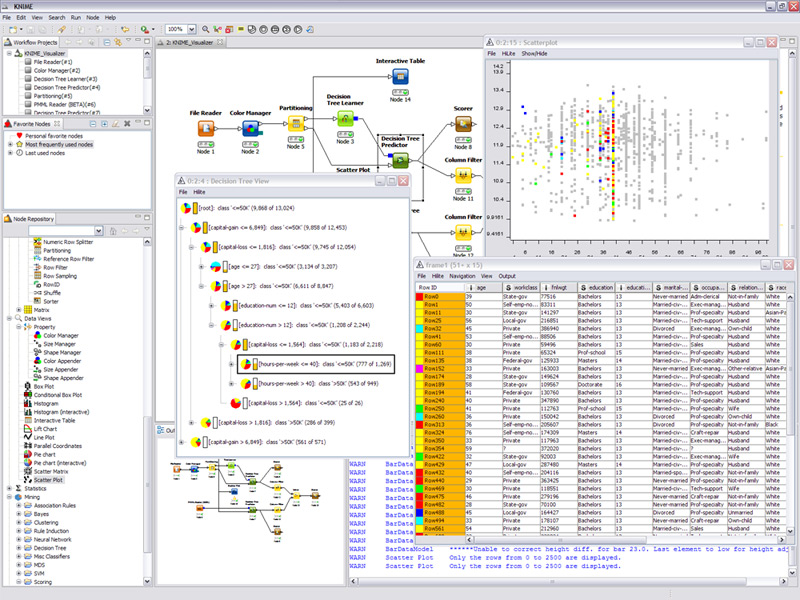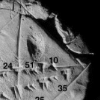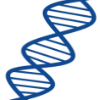In the modern world, where computers get faster every year and storage space, smaller and cheaper, it is easy to accumulate data. Companies are increasingly able to hold on to every piece of information gained from their customers indefinitely in the hopes of finding out how to become more profitable - when to put certain items or services on sale, how often someone needs that item or service, and even more specific things like how people pay for different things and what part of the premises sees the most action. It has begun to seem like any practical question can be answered if one collects enough pertinent data, but having and understanding data are two entirely different things.

Screenshot of the popular data analytics program KNIME.
Data analysis is the method of taking a questions and raw data and processing that data in a way that results in a greater understanding of the question, and hopefully an answer. There are myriad ways of doing this, but with potential terabytes of data, one needs to pick the most intelligent and efficient methods of analysis while being aware of potential biases in the data that will skew results. Models, data clustering and pattern matching are extremely common tools for mining in this area, as the easiest way to analyse data is often to look for patterns and trends in it. There are also many excellent tools that have been built to help analysts, including R and KNIME to prevent us from "drowning in information but [being] starved for knowledge" as John Naisbitt cautioned.
© BrainMass Inc. brainmass.com June 30, 2024, 10:12 am ad1c9bdddf



